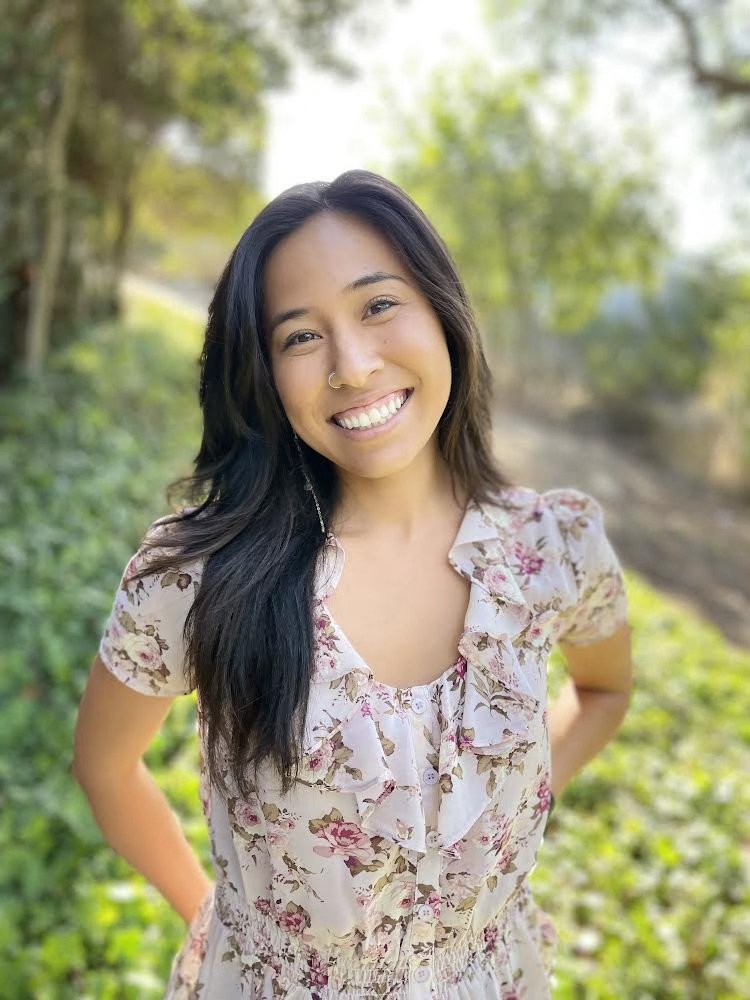
Relationships
We are in Relationships with all the people, systems, and communities around us. So many of us were not taught how to grow nourishing connections. Let’s change that.
-
Introduction to Relationships
-
Relationship Basics
-
What are Relationships?
We have relationships with everything - from the people we live with, to the people we work with, to the environment around us.
-
Healthy Relationships
Not all the relationships that we engage in are healthy. And, not all healthy relationships last forever. Let’s deep dive into what makes a relationship healthy.
-
-
Connecting With Others
-
Empathy
Empathy is our best guess about how someone else feels. Let’s dive deeper into what that means.
-
Defensiveness
Who hasn’t gotten defensive? It’s a normal thing that we all experience. Let’s get a clearer picture of wht it means to be defensive.
-
Conflict Resolution
Conflict happens. Even in the best relationships, conflict will happen. Here are some tools to resolving conflict and repair relationships.
-
-
Attachment Styles
-
Attachment Styles
A long, long time ago, these awesome researchers studied what happened with young kiddos when they were separated from their families. This later got extrapolated into adult relationships and how we attach to one another. We like to think of attachment styles as attachment “woundings” - as in, you only know it’s there when something activates an old wound. Let’s learn more!
-
Secure Attachment
This is the way we all aim to be. None of us get out of this life unscathed, so no one is truly “secure”. We all have our moments.
-
-
Boundaries
-
What are Boundaries?
Boundaries are a hot topic nowadays. Like most things in life, they exist on a continuum from rigid to diffuse. In the middle of those two extremes is Resilient. And that’s the place we want to be.
-
Resilient Boundaries
Let’s deep dive into the three different types of boundaries and figure out how to shift to Resilient Boundaries.
-
Meet your instructors
✳
Meet your instructors ✳
Michelle
Kristin
Michelle Stobaugh is a Los Angeles-based Marriage and Family Therapist who specializes in children and youth.
Kristin Calabria is a SoCal-based Marriage and Family Therapist who works with children, youth, and the active duty community.
Relationship FAQs
-
The short answer: no.
The long answer: The original attachment research studied how infants related to their mothers. From that research sprang Attachment Theory, as it is classically defined. With any theory it goes through interpretations and reinterpretations. We like to think of those interpretations as modern and post modern.
The modern interpretation looks at attachment as it relates to romantic figures and assumes that we only have one of those figures. If you've ever read "Attached", you're probably familiar with this interpretation. It's a great place to start if you've never heard of attachment styles before. AND, it's not the stopping point.
The post-modern interpretation looks at Attachment as an interaction between our need to seek closeness/space, the anxiety we experience, and whether this discomfort is internalized or externalized. It also explores our who our attachment figures in adulthood- are not only romantic partners, but anyone we share a close connection with. That means really close friends, family members beyond our nuclear family, and yes romantic connections.
We think of Attachment as what comes up when you are getting close to someone. Does your flight instinct get triggered when you experience closeness? When your friend doesn't text you back in an hour, do you spiral? Is it hard for you to trust people?
Attachment can also shift in presentation or style all together depending on who you are in relationship with! Attachment is not prescriptive, meaning "this is how you'll always show up in relationships no matter how hard you try". Attachment is descriptive, meaning "this is an observation of how you are showing up right now."
-
Great question. Boundaries are very hard for most of us. It's way easier to fall into one extreme or the other in terms of boundary setting. Resilient boundaries require us to have very strong self awareness that is coupled with situational awareness and empathy for the other person.
How many people do you know that flawlessly execute all three?
I'll wait.
Boundaries show us and others what we are willing to tolerate, where one person ends and the other begins, what feels safe to each person in the relationship. Because of the way boundaries have been modeled for us in the past, we may not even know what health boundaries look like.
Creating strong and healthy boundaries often requires a lot of uncomfortable conversations. Hard conversations are HARD! And, when we've made the boundary, we then have to consistently reinforce it. Even HARDER!



